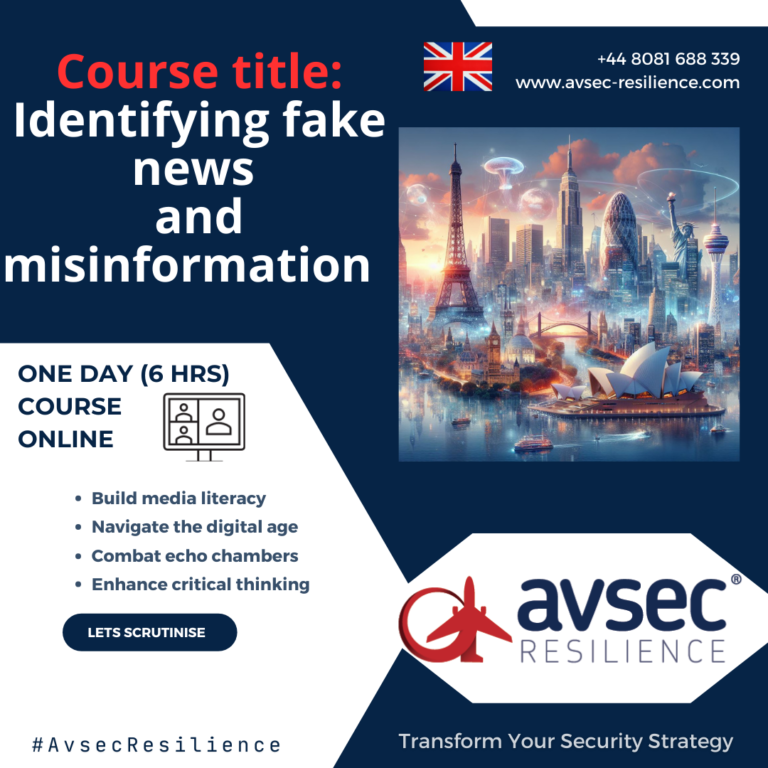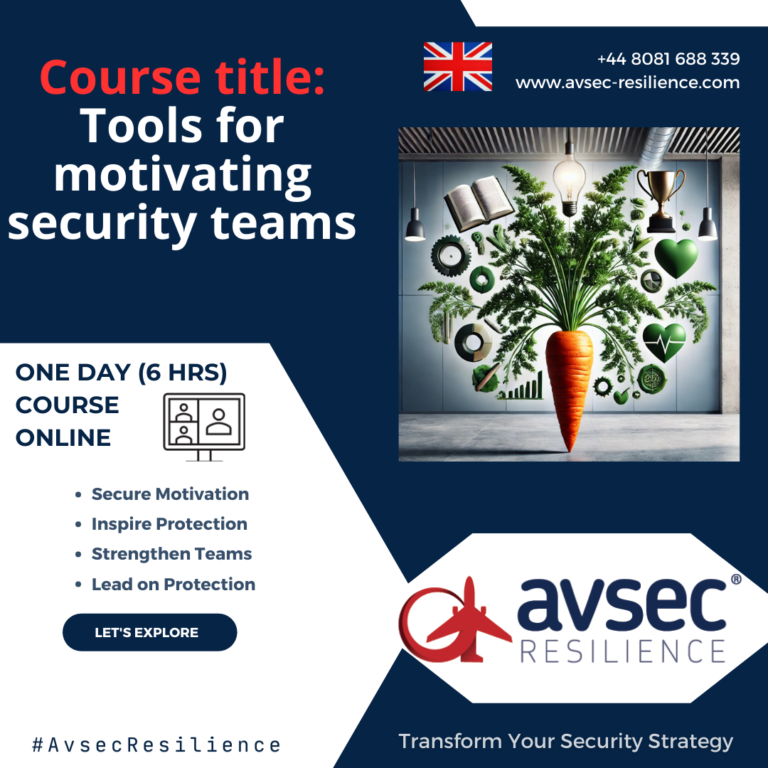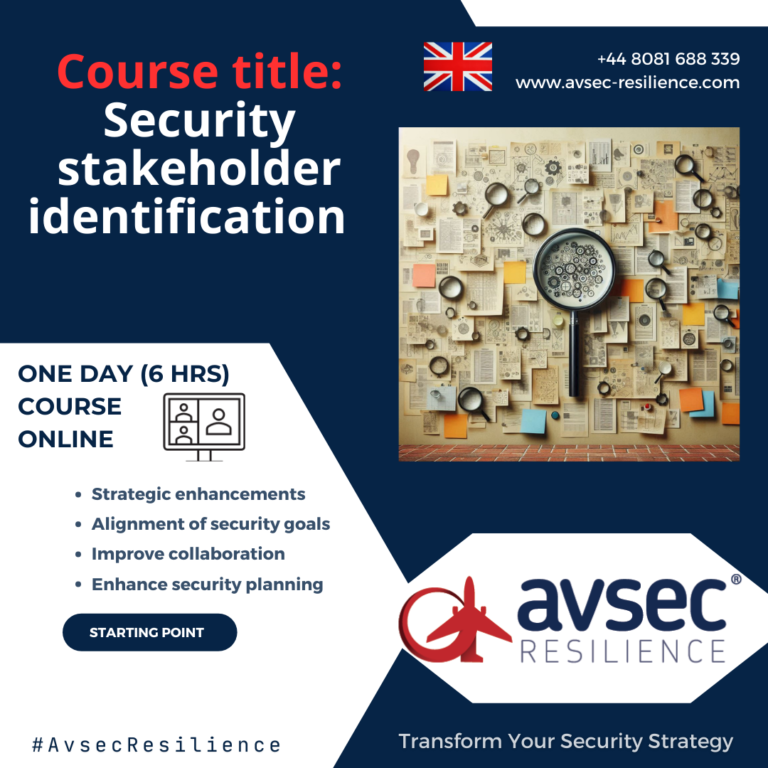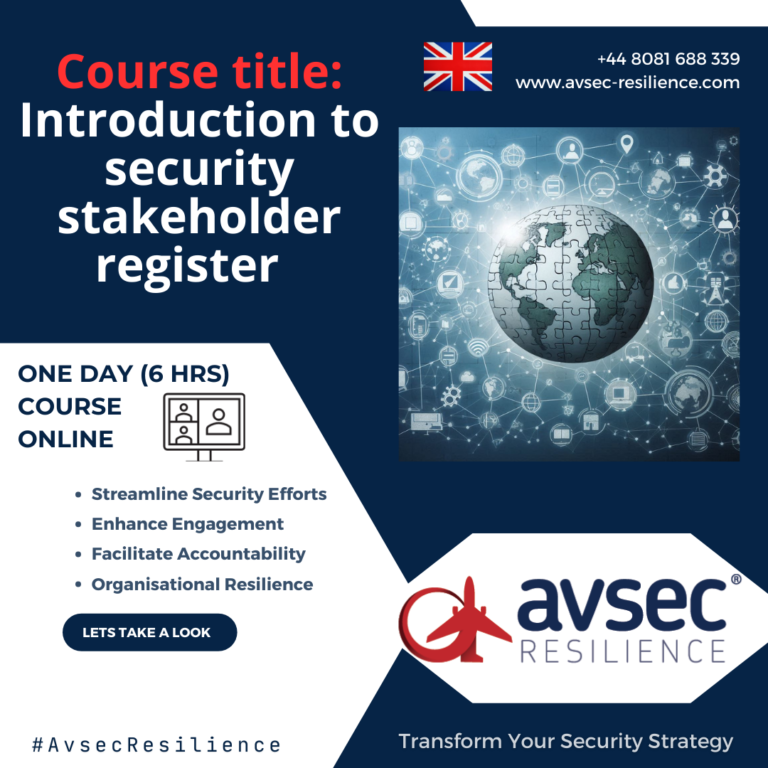Design & Developed by Themeshopy
Return To TopServices
- Services:
- Coaching and Mentoring solutions (jump to C&M solutions)
- Aviation security research
- Aviation security compliance advice
- Contingency and evacuation planning
- Mentoring and coaching
- Development of bespoken security training courses – classroom / online / blended;
🕵️♂️ Identifying fake news and misinformation (1 day/6hrs)
🚀 Tools for motivating security teams (1 day/6hrs)
📣 Creating security awareness campaign (1 day/6hrs)
🤝 Customer service for security practitioner (1 day/6hrs)
🌐 The 7 dimensions of security mentoring (1 day/6hrs)
📊 Visualising security trends (1 day/6hrs)
🧑🤝🧑 Security stakeholder identification (1 day/6hrs)
🧱 Security Culture Building Blocks (1 day/6hrs)
💬 Enhancing feedback into security (1 day/6hrs)
📋 Introduction to security stakeholder register
📈 Enhancing KPI’s for security (1 day/6hrs)
🏆 Developing Internal Security Champions (3 day/18hrs)
🎯 Optimising Internal Security Influence (3 day/18hrs)
🛠️ Bespoken Workshops (1, 2, 3, 4 days)
Explore our courses and workshops below (each image links to a specific course page).
What potential problem, is the course addressing!
Back to the top
error: Content is protected !!
















